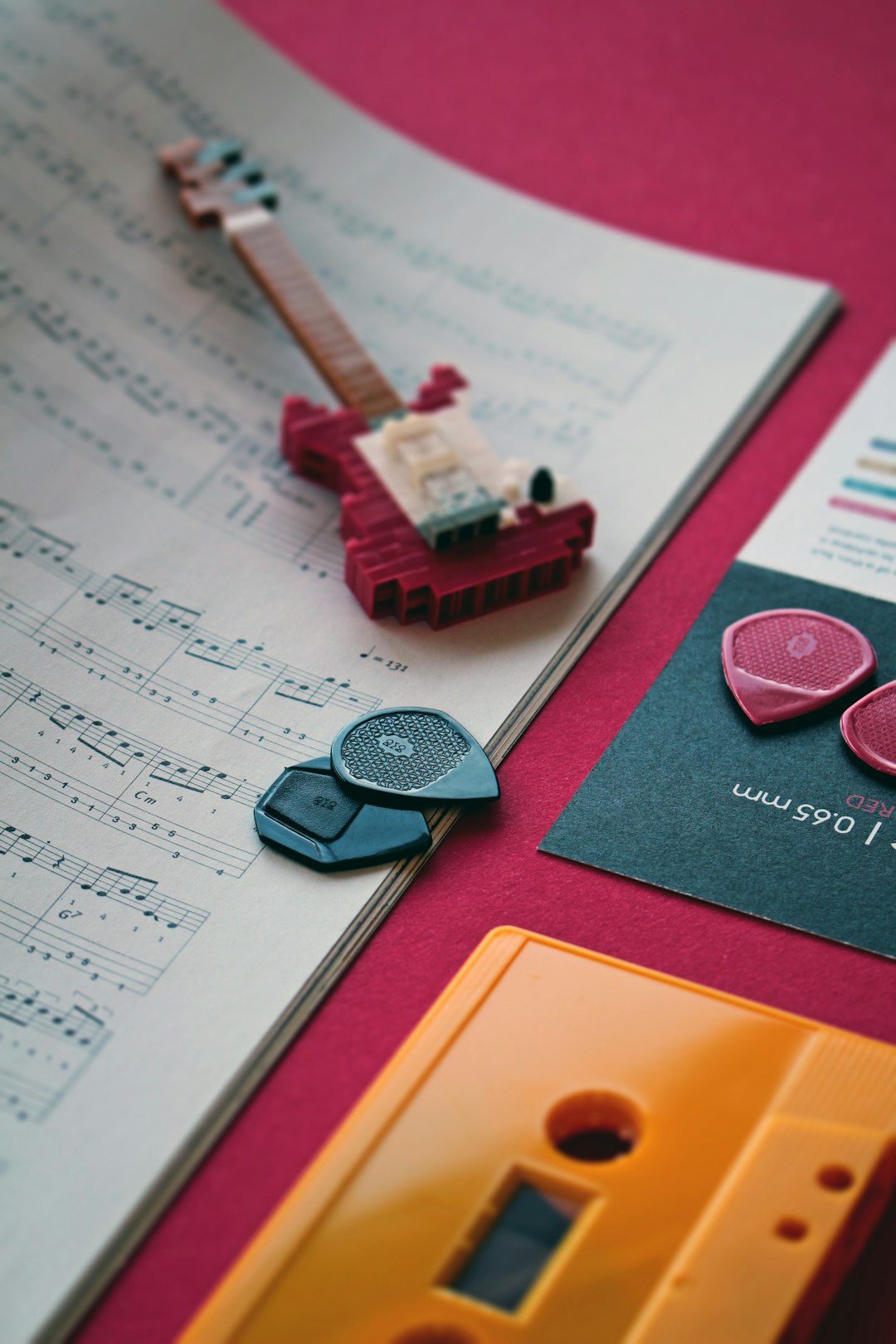Music teachers are constantly on the lookout for creative ways to engage students, reinforce learning, and spice up lesson plans. One particularly effective tool is the use of custom-made cards—flashcards, trivia cards, rhythm pattern cards, and more—to visually and interactively teach complex concepts. With the right digital tools, educators can design these cards efficiently and even print or share them online for hybrid learning settings.
TLDR (Too Long, Didn’t Read)
Music teachers can benefit from card makers that allow them to customize learning aids like flashcards and activity cards for topics such as rhythm, notation, theory, and instrument identification. This article reviews the top 8 card-making tools to help educators streamline their classroom prep. From classic flashcard apps to creative design suites, there’s something for every teaching style and budget. Whether you’re teaching online or in person, these platforms can upgrade your music pedagogy.
1. Canva
Canva is an incredibly popular design tool, and it works perfectly for creating visually striking, educational cards. With a user-friendly drag-and-drop interface and thousands of templates to choose from, Canva enables music teachers to design everything from solfege flashcards to ensemble role cards in a matter of minutes.
- Pros: Extremely flexible design, collaboration features, cloud saving.
- Cons: Learning curve for new users, more functionality in paid version.
With its rich library of fonts, icons, and music-themed illustrations, Canva is a top choice for educators who want aesthetics and functionality.

2. Quizlet
Quizlet is a household name in educational flashcards, especially for memory-based games and review sessions. Music teachers can use it to create term-definition pairs, add audio clips for interval training, or test music symbols recognition.
- Pros: Easy to use, collaborative classroom modes, mobile-friendly.
- Cons: Limited visual customization, internet connection required for practice.
Quizlet’s ability to incorporate audio makes it uniquely valuable for music theory and ear training applications.
3. Flippity
Flippity is a free tool designed to convert Google Sheets into various educational games and flashcards. Music teachers can create custom card decks with notations, intervals, or composer trivia questions.
- Pros: Free, integrates with Google Sheets, multiple educational formats.
- Cons: Basic visuals, not ideal for young students needing graphical designs.
For teachers who are fluent in spreadsheets, Flippity presents a versatile and cost-effective option.
4. Music Theory.net Tools
While not a card maker in the traditional sense, Music Theory.net offers features that can be adapted into printable flashcards. Teachers can snapshot custom exercises such as note naming or chord identification, then print or project them as cards.
- Pros: Specifically built for music education, great content accuracy.
- Cons: Limited customization and card formatting tools.
This platform suits teachers focused more on content accuracy than visual design.
5. WordWall
WordWall supports many interactivities including flashcards, match-ups, and quizzes. Teachers can generate music cards that display rhythms, instruments, or terms for on-screen or printable use.
- Pros: Multiple activity formats, hybrid compatibility, high engagement.
- Cons: Limited design features, subscription models for full access.
WordWall is ideal for teachers looking to blend games and cards into their lesson plans.
6. Adobe Express
Formerly called Adobe Spark, Adobe Express is a powerful graphics and marketing material creator—excellent for making professional-looking music cards. It offers free templates and the ability to animate cards for digital use.
- Pros: Superior design capabilities, auto-resizing for multiple platforms.
- Cons: Steeper learning curve, best features require Adobe account.
Adobe Express appeals to teachers who prioritize aesthetic quality and are somewhat tech-savvy.
7. ClassTools.net
ClassTools features a wide array of editable templates to make flashcards and interactive presentations. Although primarily text-based, teachers can still adapt the templates for rhythm, vocabulary, or ear training work.
- Pros: Fast setup, offline saving, great for warm-ups.
- Cons: Lacks images or music-specific features.
For quick reviews or creating printable memory joggers, ClassTools offers a straightforward solution.
8. Boom Cards
Boom Cards are interactive digital task cards, perfect for remote or blended learning environments. Music educators can buy or create decks for rhythm practice, pitch matching, or note identification.
- Pros: Interactive features, self-check formats, cloud-based.
- Cons: Requires account for creation, best decks come at a price.

For tech-forward teachers, Boom Cards provide not just flashcards, but full-fledged mini-lessons.
Conclusion
The world of card-making tools for music teachers is as dynamic as music itself. These eight platforms cater to various teaching styles, technological comfort levels, and curriculum goals. Whether you’re building musical vocabulary, improving ear training, or just adding some fun to class, custom cards can be a transformative piece of your teaching toolkit. By choosing the right tool, educators can amplify engagement, support diverse learners, and make music theory more approachable and memorable.
FAQ
- Q: Can I print the cards made with these platforms?
A: Yes, most of these tools, such as Canva and Adobe Express, allow you to download and print cards. Some like Quizlet and Boom Cards are more digital-focused but offer limited export options. - Q: Which option is best for online teaching?
A: Boom Cards and Quizlet offer the most interactive and self-paced learning options for online teaching. WordWall and Flippity are also great for hybrid environments. - Q: Are there any free options out of these tools?
A: Yes! Flippity, ClassTools, and the basic versions of Canva and Quizlet are free to use. However, upgrading to premium versions unlocks more features and flexibility. - Q: Do any tools support music notation input?
A: MusicTheory.net includes notation and staff input, although not specifically for card creation. Other tools rely on image uploads or external notation software. - Q: How can I make flashcards more engaging for younger students?
A: Use tools with bright visuals and interactive features, like Canva for design or Boom Cards for gamified experiences. Including illustrations, emojis, or sound effects can enhance engagement.